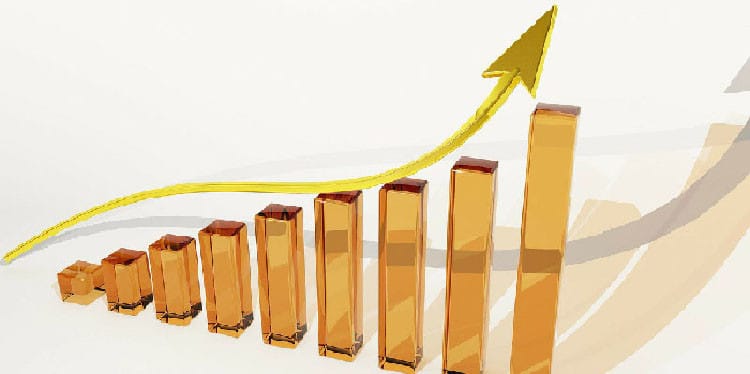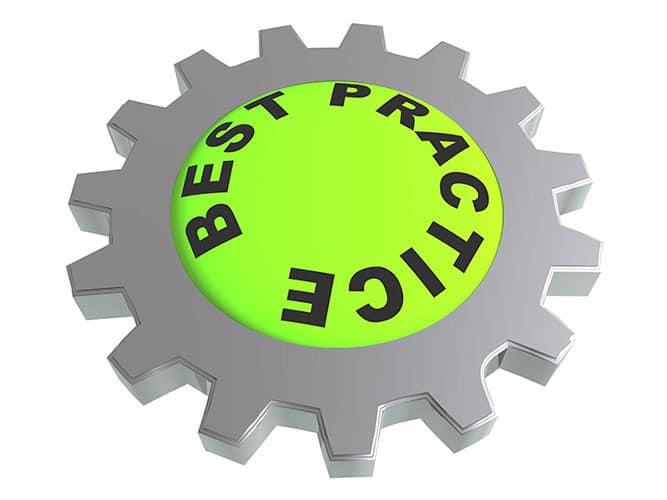Supply chain management is a major cost driver in the healthcare industry. The need to have medical supplies and services available is just as important as getting diagnoses and prescriptions correctly. Medical logistics can be quite complicated owing to the many professional groups involved: suppliers, internal departments, logistics companies, authorities, and more.
Relying on old-age methods of procurement management can be quite ineffective. E-procurement can help bring visibility into the hospital and pharmaceutical supply chain management. They can help to optimize purchasing activities and manage relationships with suppliers and regulators more effectively. Here are some specific examples.
Compliance With Regulations in the Healthcare Sector
The healthcare industry, naturally, is one of the most regulated industries in every country. The information asymmetry between healthcare providers and patients creates imbalance authorities seek to address through regulation. In the USA, there are laws emanating from acts such as HIPAA, FDA, Medicare, and more that affect how healthcare organizations undertake procurement.
E-procurement portals help to keep better records and ensure that only authorized parties can access certain information. It also helps create transparency about the suppliers the organization is dealing with. The suppliers or their products should not be blacklisted by the FDA. The healthcare organization will also be able to demonstrate that the transportation companies used, together with their warehousing facilities, comply with federal and state laws.
Addressing Safety Concerns Better
Safety concerns over medication are always a major issue of concern in the sector. With an e-procurement portal, it’s always possible to retrace orders. If there is a concern about a particular drug or batch, it’s possible to check when it was ordered, delivered, and any distributions to various branches of a hospital. The drugs can be recalled and patients who’ve been administered the drug identified.
Even when an issue is not too serious, healthcare organizations can easily communicate with suppliers and offer their concerns over matters such as packaging.
E-procurement in Healthcare Builds Supply Chain Resilience
Every so often in an industry, there might be a supply shock due to shortages of materials or challenges in shipment. E-procurement portals allow organizations to keep a profile of suppliers for different drugs and services. If a particular supplier anticipates a disruption in their supply chain management, the healthcare organization can quickly request another pre-qualified supplier to meet the demand shortfall. This helps to cushion against supply shocks that would otherwise result in service disruption or major changes in prices.
Curbing Corruption in Supply Chain Management
Visibility in supply chains goes a long way to help prevent corruption in the supply chain. For instance, it may be very tedious to compare quotes from different suppliers. However, this information can be quickly queried from an e-procurement database. This serves as a deterrent against any unethical dealings between internal procurement staff and suppliers. In addition, it’s possible to verify the status of suppliers about licenses from approving regulatory bodies.
Checking for Expiring Patents
The expiry of patents for a particular drug or technology requires adjustments. The organization needs to keep an eye on expiry dates for planning purposes. Expiry may mean the entry of cheaper generic alternatives. The organization may choose to procure those to reduce costs. However, the expiry of the patent might result in a halt in production. Such changes mean the healthcare organization must keep updating its list of suppliers together with its catalog. An e-procurement tool assists in the management of this complex and often dynamic process.
Fast, Accurate Processes
Management of the procurement process using a sophisticated tool greatly improves the accuracy of the process. It’s even better when the tool is an end-to-end solution. An electronic purchase requisition is generated before a purchase order is sent to a vendor who has won a contract. An electronic delivery note is created once goods are received. An invoice is checked against the purchase order before it is honored. This reduces the chances of erroneous billing.
In addition, any errors are resolved quickly but a trail is created to indicate how it was resolved. Was it a genuine error or something sinister? This is important during audits.
A benefit of e-procurement is the clear assigning of responsibilities, including signing off on documents. Elimination of grey areas removes bottlenecks in procurement and inventory management so that inefficiencies that lead to loss of revenue or unnecessary additional costs become visible.
Analytics is Healthcare E-procurement
E-procurement provides the opportunity to use analytics to derive value in supply chain management. It will be possible to analyze trends in procurement spending. A healthcare organization can see its most important suppliers and perhaps find ways to create mutually beneficial trade agreements. The organization can also analyze its supply chain in terms of geographical spread. This can act as an indicator of the supply chain’s exposure to the risk of interruptions in shipping. Contingency plans will then be put in place to increase resilience.
Analytics can also be used to assess supplier performance over time. Such things as late deliveries, item defects, and pricing can help compare suppliers and drop those that score poorly.
In conclusion, e-procurement has the potential to improve efficiency exponentially in the pharmaceutical and healthcare industries in general. Added visibility in the supply chain will build resilience, ensure regulatory compliance, and reveal opportunities for cost savings.
If your pharmaceutical or medical products company is in need of an end-to-end e-procurement solution, check out ProcurePort. We are the world’s leading provider of e-procurement products. Our products help with reverse auctions, purchase requisitions, spend analysis, contract management, and much more.










